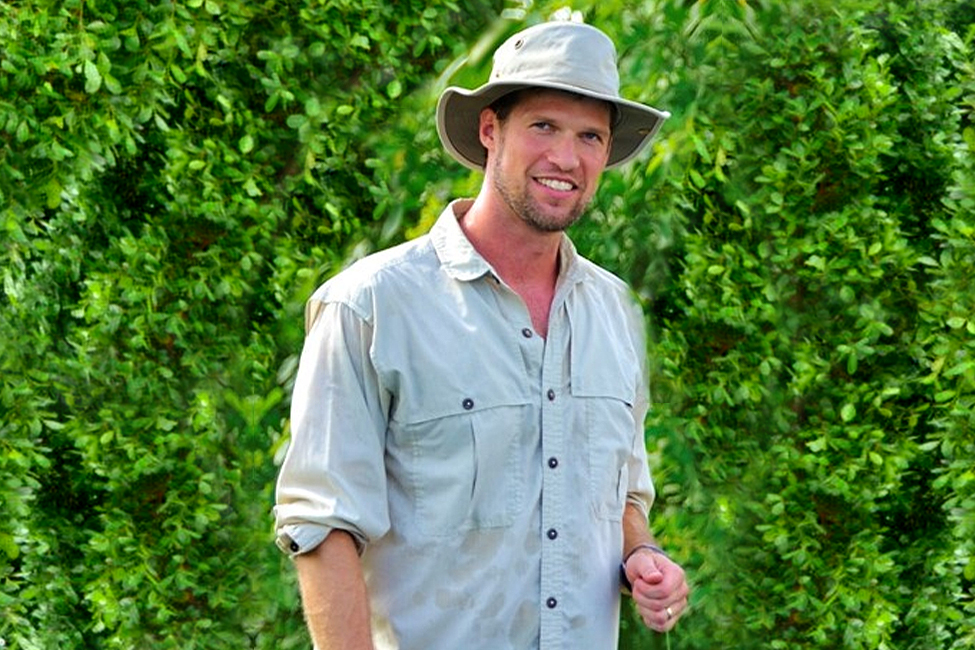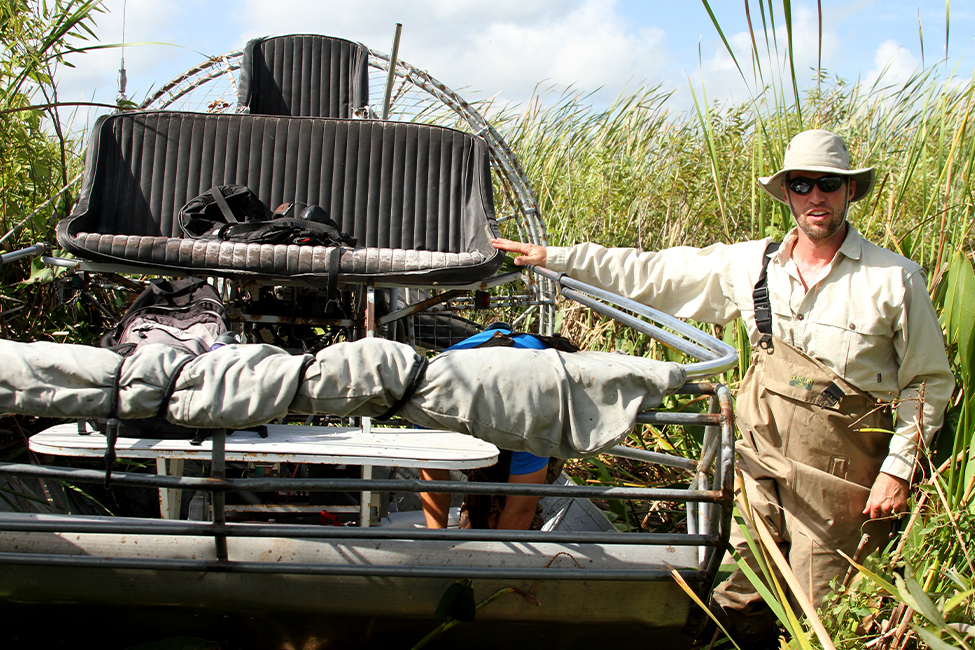Dr. Nathan Dorn
Sunday, Nov 22, 2020
As part of Everglades Restoration, state and federal agencies are going to reintroduce water flowing conditions to the Everglades and some of the consequences of flowing water are being studied by Dr. Nathan Dorn and his lab. Dr. Dorn is a professor who studies population and community ecology in the Department of Biological Sciences, Charles E Schmidt College of Science and he has been working on the Davie Campus for 15 years. He recently received an award of $115,000 from the South Florida Water Management District (SFWMD) to continue research studying aquatic animal responses to large scale experimental flows in the Everglades. Dr. Dorn has received $645,000 to investigate effects of flow since 2017.
The Everglades is also known as the River of Grass, but unlike a river the water of the highly managed and altered Everglades has not been flowing for many decades.
While their results indicate that flowing water enhances algal food quality, and therefore growth of herbivorous invertebrates, field surveys do not indicate that the abundances of invertebrates increase in the wetland. Investigating the reasons for that apparent discord is one thing his lab will be doing with the new year of funding.

Dr. Dorn and his lab study freshwater populations and communities of animals inhabiting the Everglades and his research has direct implications for Everglades restoration. His primary research areas are on the effects of predators and hydrological variation (droughts, floods and flow) on animal populations.
"I primarily study populations of macroinvertebrates that are important trophic links for Everglades Restoration. Most of my current research is in southern Florida wetlands and includes freshwater crayfishes or snails, but projects also include other macroinvertebrates and some vertebrates (e.g., fish, wading birds)," Dr. Dorn said.
Dr. Dorn is funded by, and actively collaborates with, state and federal agencies and his research takes him outdoors into wetlands including those in remote portions of the Everglades. From 2015-2019 he received $66,000 from Everglades National Park and the SFWMD to quantify the prey use of nesting White Ibis across various parts of the Everglades including Lake Okeechobee. In most cases, he found that for large successful nesting colonies, the adult ibis are generally provisioning their chicks with freshwater crayfish. Dr. Dorn’s lab is currently funded by the SFWMD to examine the effect of summertime (wet season) water depths and species invasions on aquatic communities (fish, crayfish and apple snails) in a large-scale experimental setting at the Loxahatchee Impoundment Landscape Assessment ($150,000). He also has a USGS-funded project ($98,000) that supports a graduate student modelling the tree island habitat use of bobcats in response to water depths and other habitat features. Over the 15 years he has been at FAU he has mentored 16 graduate students. More than 36 undergraduates have also been involved in his research.
Dr. Dorn teaches Principles of Ecology for undergraduates and an Advanced Ecology course for graduate students. Dr. Dorn is also an editor for the international journal Oecologia.


